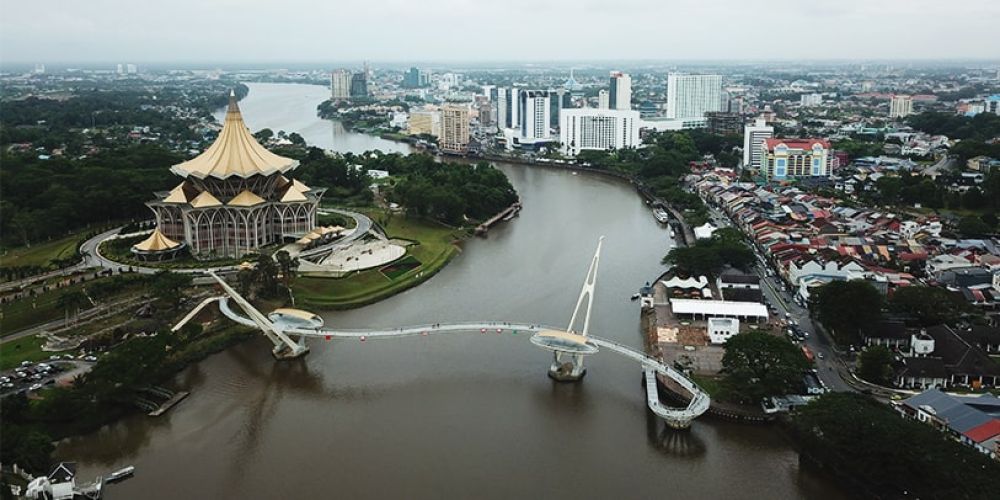

The Kuching Waterfront, which stretches along the southern bank of the Sarawak River, has long been an integral part of the city’s history. Historically, it was the site where trading took place, with goods exchanged between local traders and those from neighboring regions. The river was the main artery of trade and communications, contributing significantly to Kuching's prosperity.
Unlike many modern tourist destinations, Kuching Waterfront has evolved organically over centuries. The waterfront began to transform into the vibrant promenade we see today in the 1990s. This area, rich in colonial heritage and indigenous culture, then became a showcase of the city's commitment to preserving its historical significance while creating a dynamic public space for both locals and tourists.
The Waterfront acts as a gateway to numerous historical landmarks, including the Sarawak State Legislative Assembly Building, The Astana (the former palace of the White Rajahs), and Fort Margherita. The integration of these historical sites into the fabric of the Waterfront has been instrumental in establishing Kuching as a destination of cultural and historical relevance.
The balance between development and conservation is key in the ongoing story of the Kuching Waterfront. Efforts are made to maintain the authenticity of its historical aspects while continually improving facilities to enhance tourist experiences. Renovations and restorations of historical buildings, the creative use of open spaces for events, and the installation of modern amenities have been strategically planned and executed to preserve the site's intrinsic values.
In response to global tourism trends, Kuching Waterfront has embraced the concepts of sustainability and authenticity. The shift towards experiences that offer a true sense of place has resulted in more demand for immersive cultural experiences. Tourists are increasingly drawn to the interactive musical fountains, river cruises showcasing the beauty of the Sarawak River, and local markets where they can interact with artisans and sample traditional foods.
Another trend is the digitalization of travel experiences. To cater to the younger, tech-savvy generation, the area has seen the introduction of digital walking tours and travel apps focusing on the rich history of Kuching, allowing visitors to explore the Waterfront at their own pace through augmented reality and digital guides.
As tourism evolves, Kuching Waterfront is poised to remain a focal point for visitors to Sarawak. The local government and tourism board have shown a commitment to developing the Waterfront in a way that honors its past while looking to a sustainable future. Events and festivals celebrating the diverse culture of Borneo are becoming a mainstay, and the continuous improvement of infrastructure ensures accessibility for all visitors.
With its distinctive blend of history, culture, and modern amenities, Kuching Waterfront continues to solidify its position as a premier destination in Malaysia's tourism landscape.